Learning how to get a matte resin finish is a great way to give your projects a soft, modern, and elegant look. Unlike the high-gloss shine most resin pieces have, matte resin offers a subtle, smooth texture that feels both refined and unique.
Whether you’re working on jewelry, coasters, or art pieces, achieving a matte finish is all about technique and the right materials. With a few simple steps, you can transform glossy resin into a professional-looking matte surface.
In this guide, we’ll walk through everything you need to know to create flawless matte resin finishes every time.
Achieve smooth, professional finishes on your matte resin jewelry projects — explore our Jewelry Rotary Tools to shape, sand, and polish with precision.
Understanding Matte Resin Finishes

A matte resin finish changes how light hits the surface, giving it a soft, low-sheen vibe instead of that super reflective gloss. The texture and prep work decide how dull or smooth it turns out.
What Makes Resin Matte Instead of Glossy
Resin naturally cures with a glossy, glass-like surface because it levels itself out as it hardens. If you want it matte, you have to change the surface texture so it scatters light rather than reflecting it right back at you.
You can do this by sanding, using a matte topcoat, or casting in a textured mold. Each option tweaks how the surface diffuses light. Fine abrasives like 1500-grit sandpaper will take off the shiny top layer without messing up the resin underneath.
The trick is to abrade or coat the surface evenly. If you sand in patches or miss spots, you’ll get shiny streaks. Keeping your pressure steady and checking for a uniform dullness helps the whole piece look smooth and consistent.
Comparison of Finish Types
|
Finish Type |
Light Reflection |
Surface Feel |
Maintenance |
|
Glossy |
High reflection |
Smooth |
Shows fingerprints easily |
|
Matte |
Diffused reflection |
Soft, low-sheen |
Hides marks better |
When to Choose a Matte Finish for Your Projects
Pick a matte finish if you want a natural or modern look. It’s a great choice for resin countertops, tables, or art where you want a subtle surface that doesn’t shout for attention with shine.
Matte surfaces cut down on glare, which is perfect if your piece will live in a bright room. They also hide dust and small scratches better than glossy ones, so you’ll probably spend less time fussing over smudges.
If you’re making wood-resin combos or decorative pieces, matte finishes can help blend the materials more smoothly. It’s a balanced, understated look that lets the shape and color stand out instead of just the shine.
And for things like countertops or coasters, matte finishes just feel less slippery and a bit more tactile. That’s always a plus.
Materials and Tools You’ll Need

Getting a matte resin surface is all about using the right resin and finishing tools. Better materials mean a smoother, more even, and longer-lasting finish.
Best Types of Resin for a Matte Look
Go for epoxy resin or polyurethane resin depending on what you’re making. Epoxy’s great for art, jewelry, and coatings since it cures clear and sands nicely. Polyurethane sets up faster and can have a natural satin feel, but it might yellow if it gets a lot of sun.
If you want a matte look straight out of the mold, use molds with a frosted or textured surface. The mold’s texture transfers right onto the resin, so you might not even need to sand. Look for silicone molds that say “matte finish” or “satin surface.”
When you pick your resin, check the mix ratio and cure time. Resin that’s mixed well and fully cured sands more evenly and won’t warp. Always measure carefully—volume or weight, whatever the manufacturer says.
|
Resin Type |
Best For |
Finish Potential |
Notes |
|
Epoxy |
Artwork, coatings |
Smooth, easy to sand |
Long cure time |
|
Polyurethane |
Casting, models |
Slightly satin |
Sensitive to UV |
|
Small crafts |
Glossy by default |
Needs sanding for matte |
Sanding, Buffing, and Topcoat Supplies
Grab some wet/dry sandpaper in a few grits—start around 400 and go up to 2000 or even higher. Sanding with water keeps things cool and cuts down on dust. A sanding block helps you keep things even, especially on flat surfaces.
For curved or detailed bits, stick to hand sanding. Power tools work fast but can take off too much if you’re not careful. Always keep the surface wet so you don’t melt or gouge the UV resin.
After sanding, you can leave it matte or add a matte clear topcoat for extra protection. Look for a non-yellowing, UV-resistant spray or brush-on finish. It seals the resin and knocks down any leftover shine.
Keep these handy:
- Microfiber cloths for wiping off dust
- Protective mask and gloves—resin dust isn’t great for your lungs
- Soft buffing pad if you want a satin, not totally flat, look
Want to compare matte and glossy finishes? Try our Glass-Like Epoxy Resin for a brilliant, clear look that complements your matte designs.
Steps to Achieve a Matte Resin Finish
Getting a matte finish on resin comes down to how well you prep, sand, and seal it. You’ll need to let the resin cure all the way, pick the right sanding approach, and maybe add a protective layer to keep that soft, low-gloss look.
Proper Curing and Surface Preparation
Let your resin cure completely before you touch it. Most epoxies need about 72 hours to get rock solid. If you sand too soon, you risk ending up with a gummy or uneven surface.
Wipe the piece down before you start sanding. Use a lint-free cloth to get rid of dust, fingerprints, or any oils. Leftover residue can mess with the finish and make sanding a pain.
If you’ve got bumps or drips, start with a coarse grit (around 120–220) to level things out. For flat, even pieces, you can skip to finer grits. Make sure the surface is dry and stable before moving on.
|
Step |
Action |
Purpose |
|
1 |
Allow full curing |
Prevent soft spots |
|
2 |
Clean surface |
Remove debris and oils |
|
3 |
Level imperfections |
Ensure even sanding |
Sanding Techniques for a Smooth Matte Effect
Use wet/dry sandpaper with water to keep dust down and avoid scratches. Start with 320 grit, then move to 600 grit, and finish with 1500 grit for a nice matte surface. Keep everything damp while you sand to prevent heat and swirl marks.
Sand in little circles or switch up directions to keep things even. Wipe off the sanding paste with a damp cloth between each grit. If you spot scratches, just drop back one grit and smooth them out before moving forward.
For bigger pieces, an orbital sander can save time, but hand sanding gives you more control. Definitely wear a dust mask—resin dust isn’t something you want to breathe in.
Sealing and Protecting Your Matte Resin Piece
Once the resin feels smooth and looks even, dry it off before sealing. Wipe on a thin layer of non-toxic wax or matte clear coat with a soft, lint-free cloth. Rub in circles until the finish feels consistent.
Wax adds a protective layer that keeps the matte look while cutting down on fingerprints and scuffs. If you want a touch of satin, just polish a bit more. Skip high-gloss sealants, or you’ll lose the matte effect.
Reapply wax now and then to keep the finish fresh, especially if the piece gets a lot of use. Try to keep resin art out of direct sun to avoid yellowing or weird fading.
Don’t wait hours for your resin to set — discover the Fast-Curing Resin Machine and finish your matte resin projects in record time.
Conclusion: Matte Resin
Creating a matte resin finish adds a sophisticated touch to any project, giving it a smooth, modern look that stands out from traditional glossy designs. With the right materials and a careful sanding process, you can easily achieve that soft, elegant texture.
Experiment with different techniques and finishes to find what best suits your style. Whether you prefer a subtle matte sheen or a completely flat surface, practice will help you perfect your results.
Want to keep your resin pieces looking their best? Read our guide on resin yellowing to learn how to prevent discoloration over time.
Frequently Asked Questions
You can tweak the look and feel of resin by changing how you cure and finish it. The resin type and your tools will decide if it ends up glossy, satin, or matte.
Can resin have a matte finish?
Yep, resin can definitely have a matte finish. It cures glossy by default, but you can sand the surface, use a frosted mold, or spray on a matte topcoat to cut the shine. Each method changes how light bounces off the resin.
How to make clear resin matte?
To make clear resin matte, just sand it lightly with fine-grit wet/dry sandpaper. Work your way from coarse to fine grits until you like the look. You can also use a dull mold or spray on a clear matte sealer to reduce shine.
Is resin different than acrylic?
Yes, resin and acrylic aren’t the same. Resin is a two-part system that hardens through a chemical reaction, while acrylic is a kind of plastic you can mold or paint. Resin usually has a deeper, glassier look, while acrylic is more solid and less shiny.
What are the three types of resin?
There are three main types of resin: epoxy, polyester, and polyurethane. Epoxy resin pops up a lot in art and crafts since it cures clear and tough. Polyester resin usually shows up in fiberglass projects. Polyurethane resin? That one sets fast and comes in handy for casting small parts.

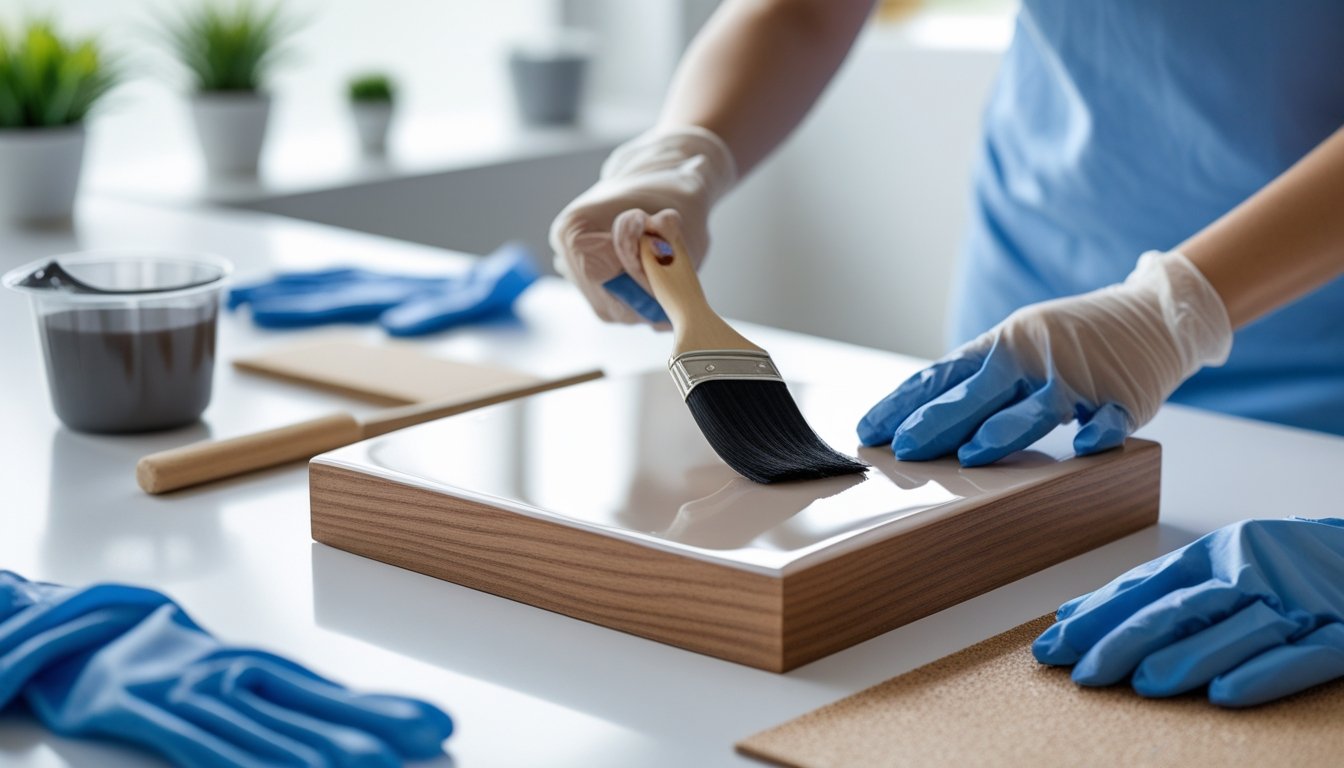
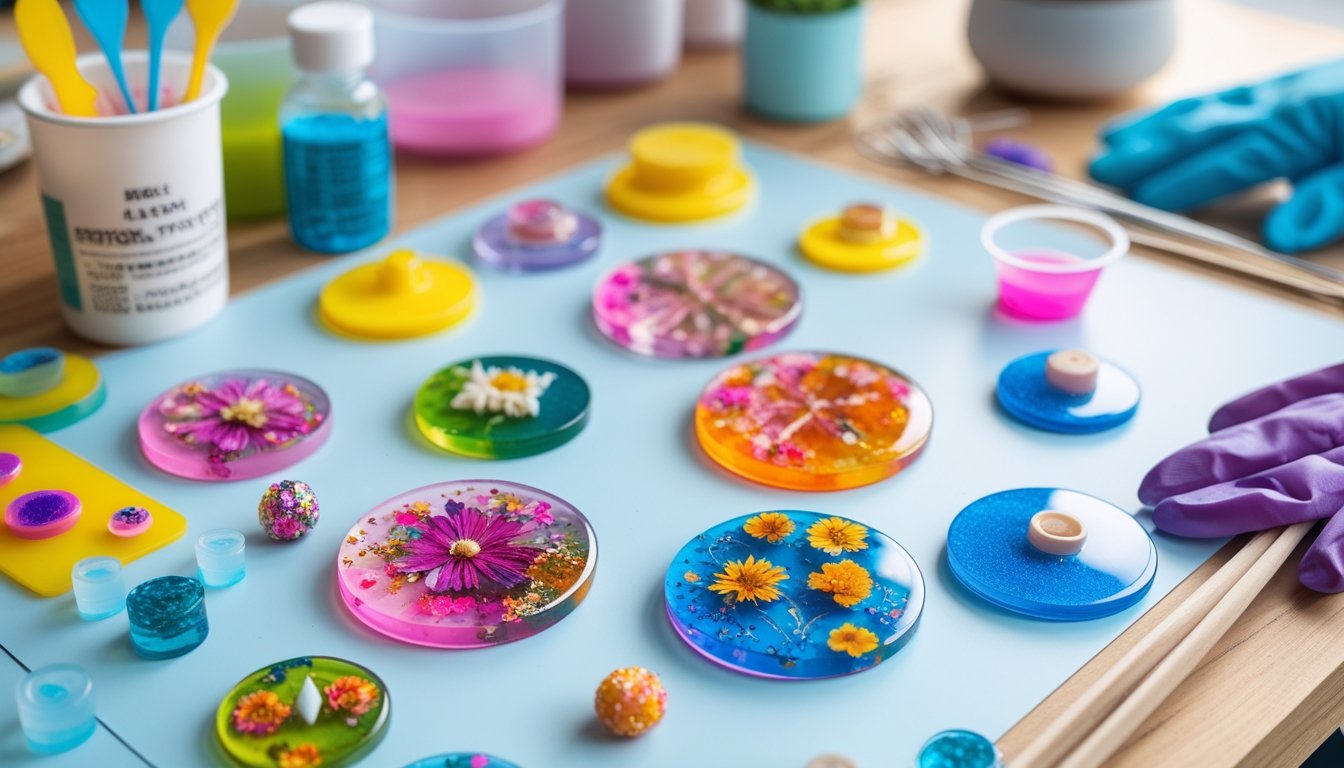
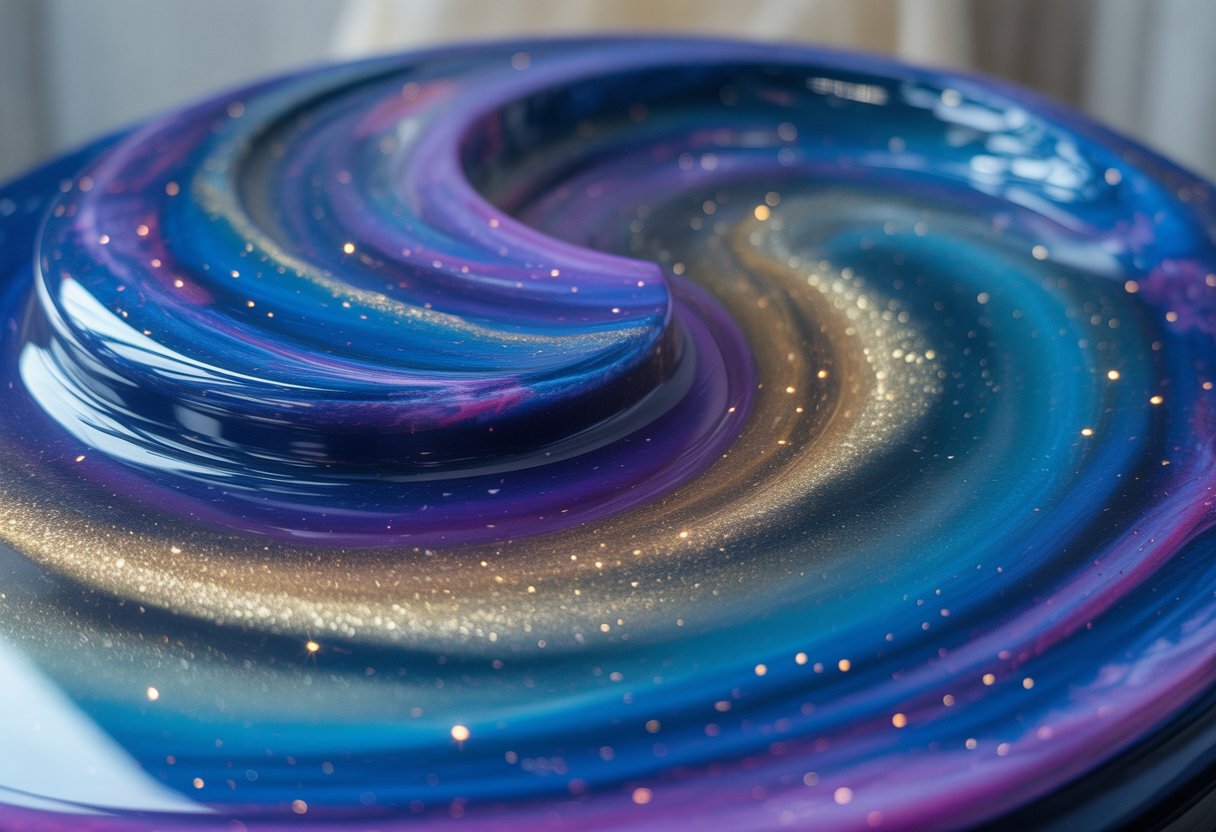
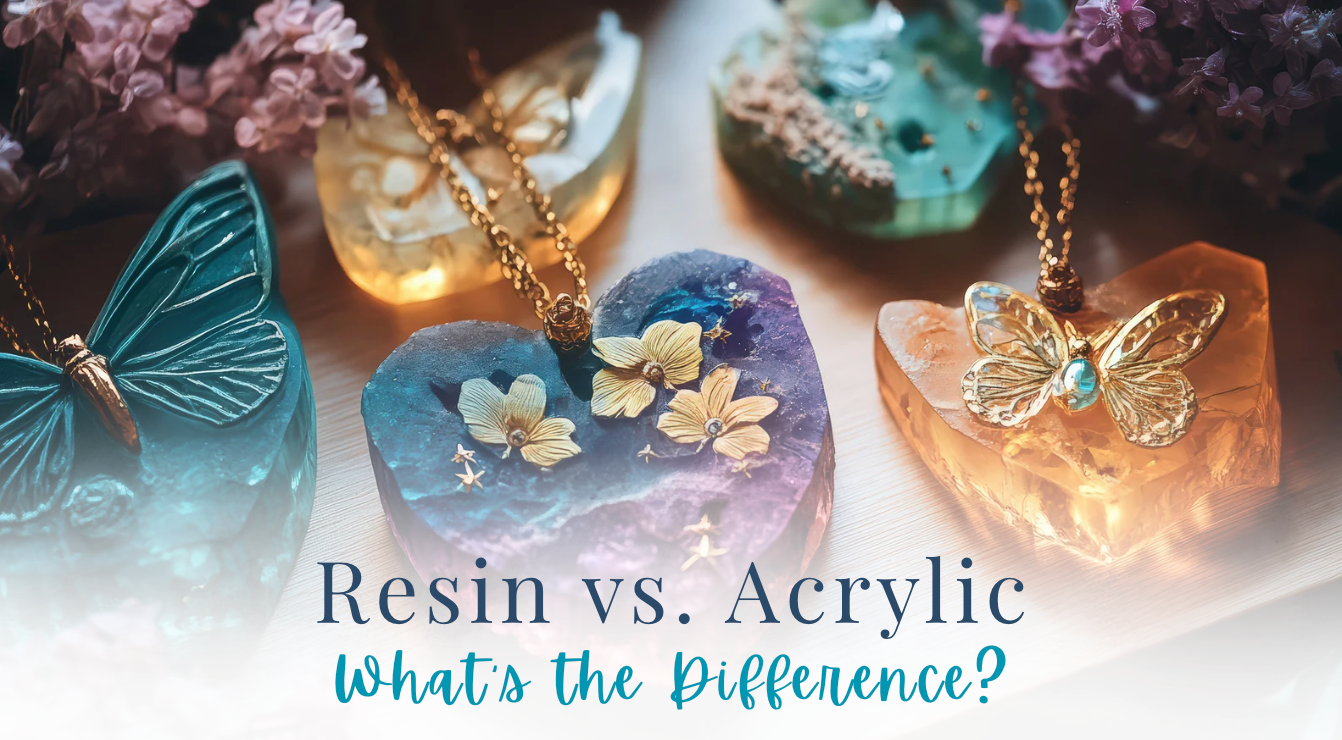

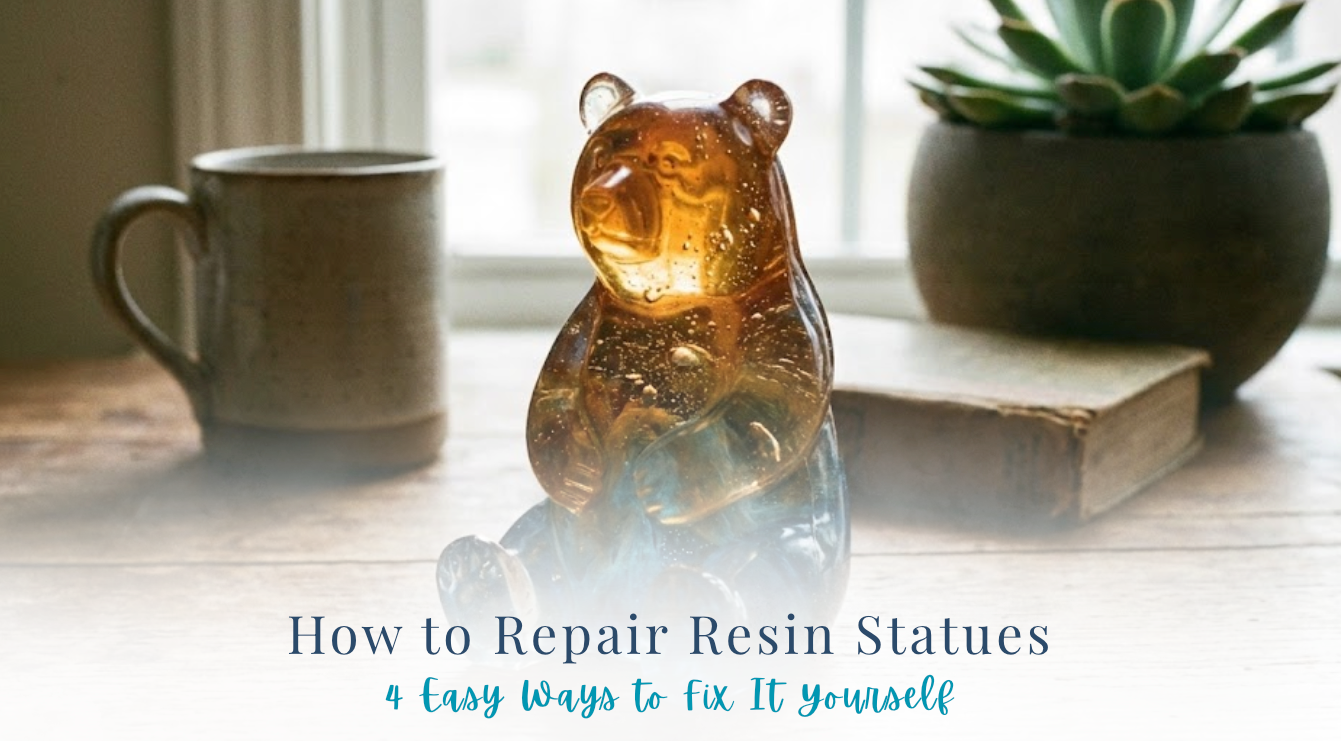

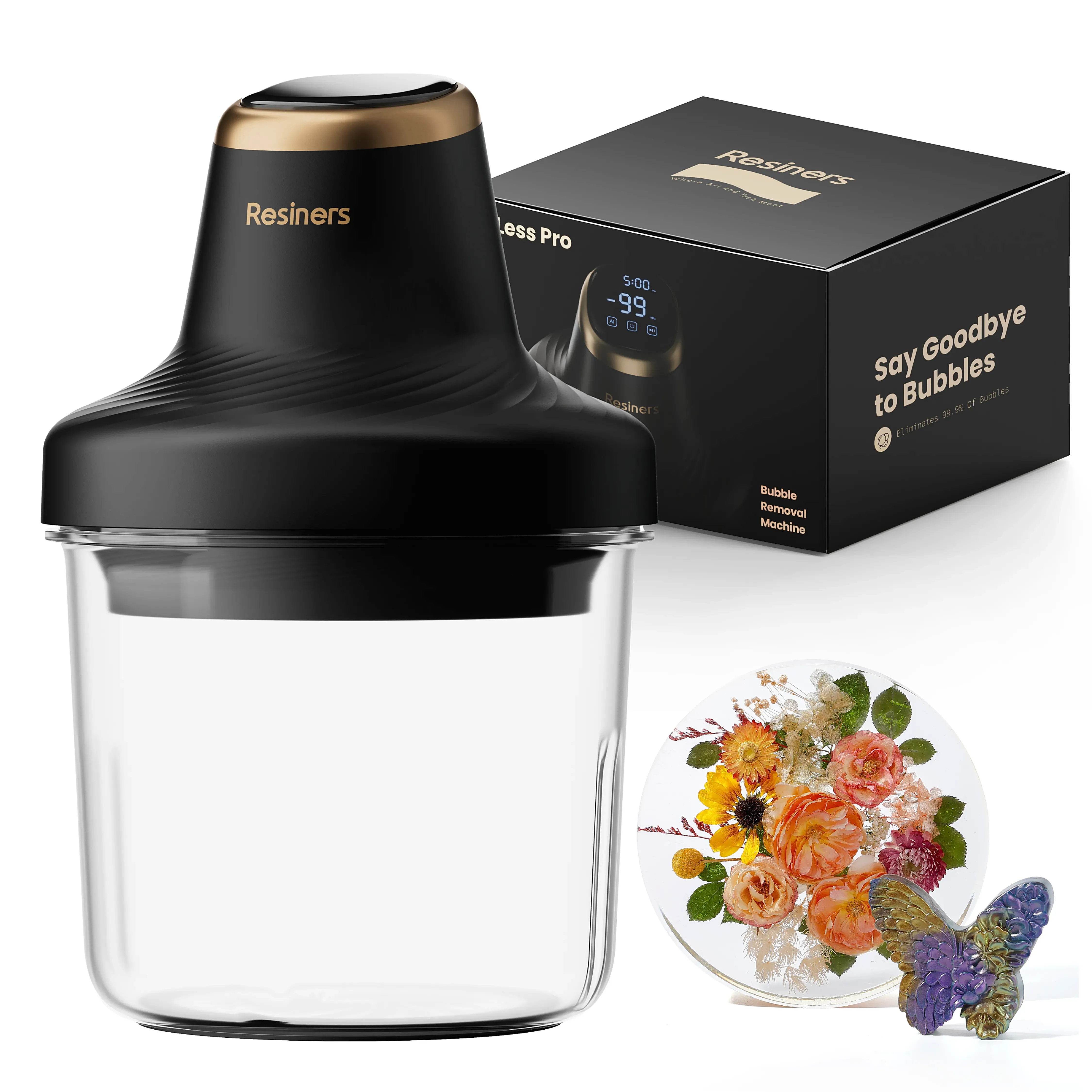



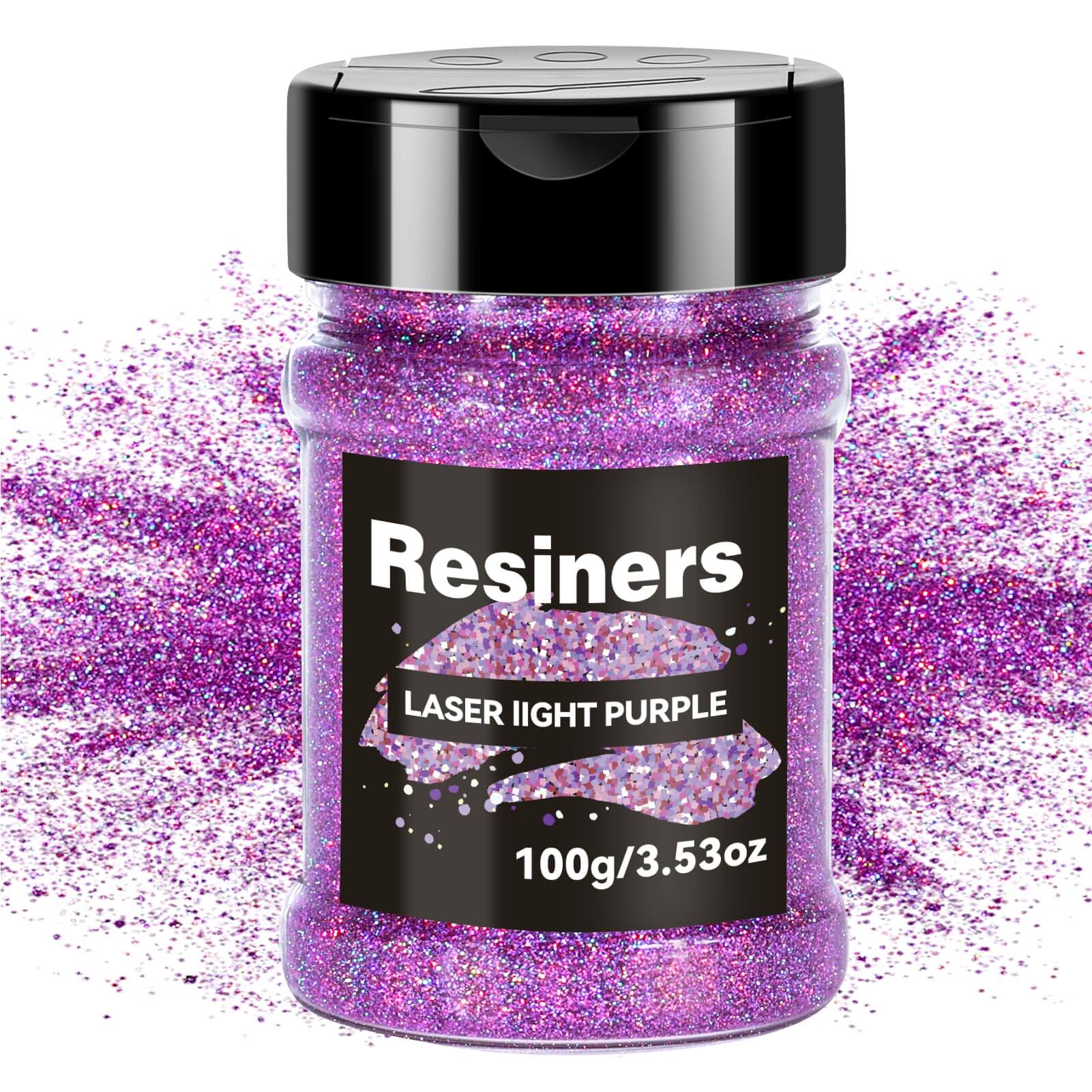
Hinterlasse einen Kommentar
Diese Website ist durch hCaptcha geschützt und es gelten die allgemeinen Geschäftsbedingungen und Datenschutzbestimmungen von hCaptcha.